

Good Price Ejector Mould Precision Date Code Insert Year Month 6x 10 Date Stamp




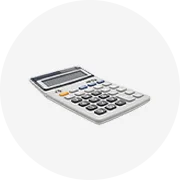
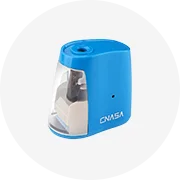
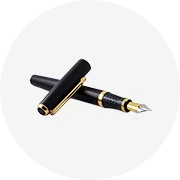
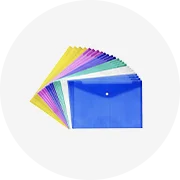

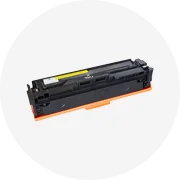
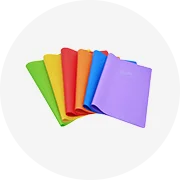
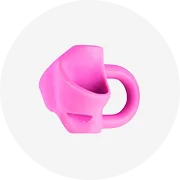
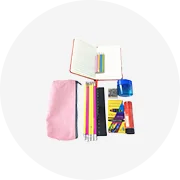
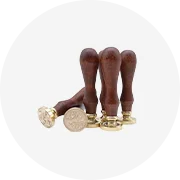
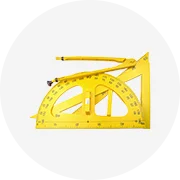

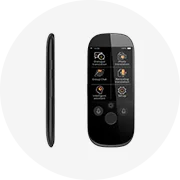



A stamp roller is a handheld device that applies ink or paint to a surface in a rolling motion. It is commonly used in crafting, scrapbooking, and other artistic activities. Stamp rollers usually have a cylindrical shape with a handle for easy grip, and they are designed to hold a replaceable or refillable ink cartridge or paint reservoir.
Selecting the appropriate stamping roll involves considering various factors to ensure a suitable choice. First, assess the type of surface or material intended to use the stamp roller on. Stamp rollers are designed for specific surfaces, such as paper, fabric, or walls. Additionally, consider the intricacy and size of the design to imprint, as certain rollers cater to fine details while others are better suited for larger patterns.
Furthermore, examine the material of the stamp roller itself. High-quality materials contribute to durability and longevity. Consider the handle design and grip comfort, especially if anticipating extended use. Additionally, explore the availability of interchangeable roller designs, as this feature allows versatility in creative projects. Lastly, factor in the budget and opt for a stamp roller that aligns with the financial considerations while still meeting functionality and durability requirements.
Using a stamp roller is a straightforward process that allows easy addition of decorative patterns or designs to a project. Begin by selecting a stamp roller with the desired pattern or design, and ensure it is clean and in good condition. If the roller has a replaceable ink cartridge, ensure it is filled with the color of choice. Prepare the surface on which to apply the design. This could be paper, fabric, or any other suitable material. Place the material on a flat and stable surface to ensure even application.
Hold the stamp roll holder, making sure its held with a comfortable grip. If a cap covers the roller, remove it to expose the patterned surface. Align the roller with the starting point on the material. Gently roll the rolling stamp across the surface, applying even pressure. Be mindful of the direction and spacing to create a continuous and cohesive design. The stamp can be moved in a straight line, curves, or any other pattern that suits the project. If using multiple colors, clean the stamp roller between each color application to avoid unintended blending by rolling the stamp on scrap paper or using a damp cloth. Experiment with different techniques and combinations to achieve the desired effect. Once the design is completed, allow the ink or paint to dry according to the product's instructions.
A stamper roller finds diverse applications across multiple industries due to its ability to exert pressure on surfaces, resulting in distinctive patterns or designs. In the textile sector, the roll stamps are commonly employed to emboss fabrics, adding unique textures and decorative elements. Similarly, in the paper and printing industry, stamper rollers enhance the visual appeal of paper by creating raised patterns, particularly in the production of stationery, greeting cards, and packaging materials. In metalworking, these rollers are utilized for embossing patterns or logos onto metal surfaces, catering to applications in automotive manufacturing and decorative metalwork. The plastics industry benefits from stamper rollers in embossing patterns onto plastic surfaces, notably in producing packaging materials and molded plastic products. Leather goods, such as belts and handbags, receive decorative patterns through stamper rollers in the leather industry.
In the food industry, stamper rollers may emboss patterns or logos onto items like chocolates or cookies for branding purposes. Medical product manufacturing incorporates these rollers to add textures or patterns to items like bandages and surgical drapes. Stamper rollers also play a role in the construction industry, creating decorative patterns on surfaces like concrete or plaster. The ceramics industry utilizes stamper rollers to create patterns or textures on ceramic tiles and pottery. At the same time, the automotive sector employs them to emboss patterns or logos onto various parts for branding and aesthetic purposes. In summary, stamper rollers demonstrate versatility across industries, contributing significantly to the enhancement of aesthetic appeal, texture, and branding across a wide array of materials.